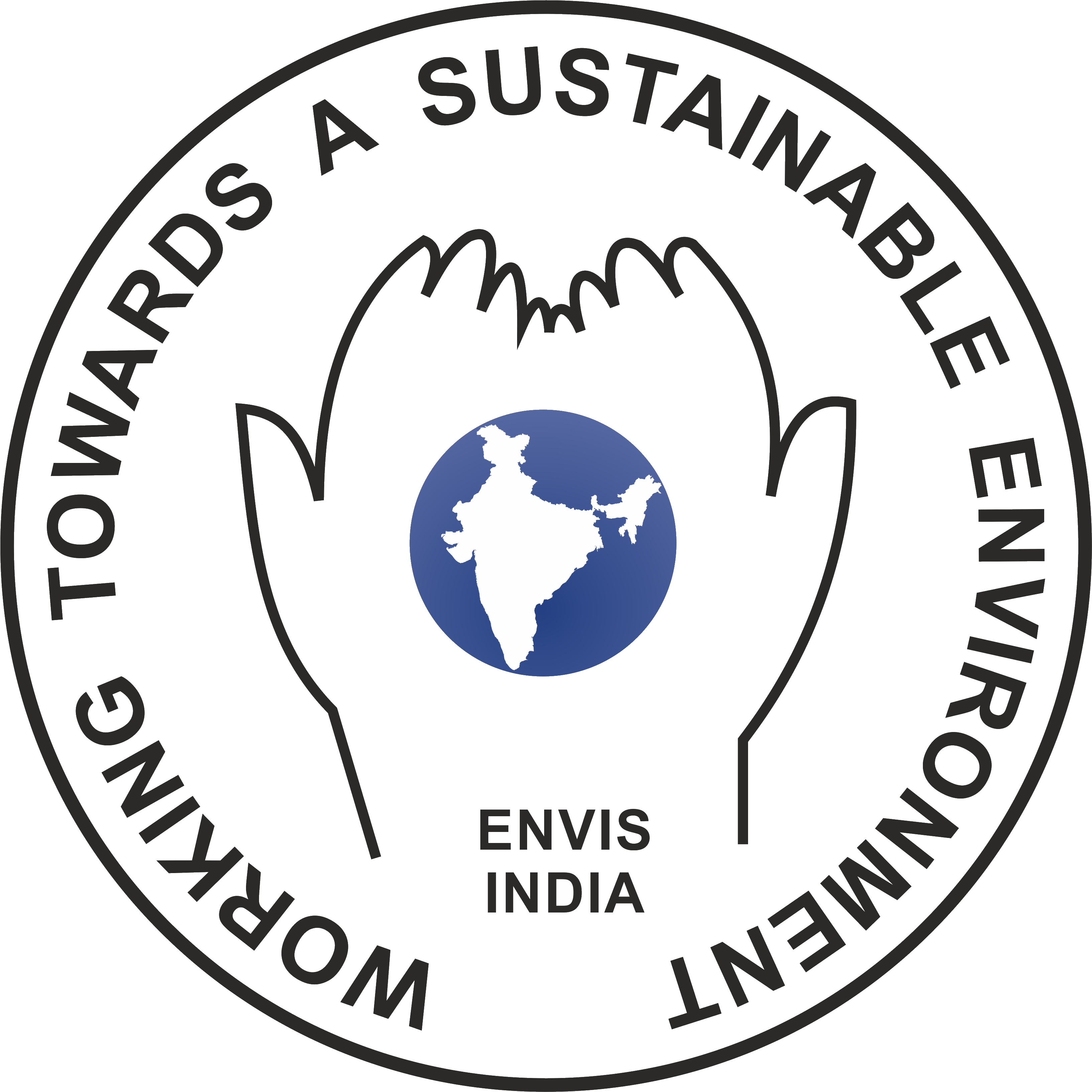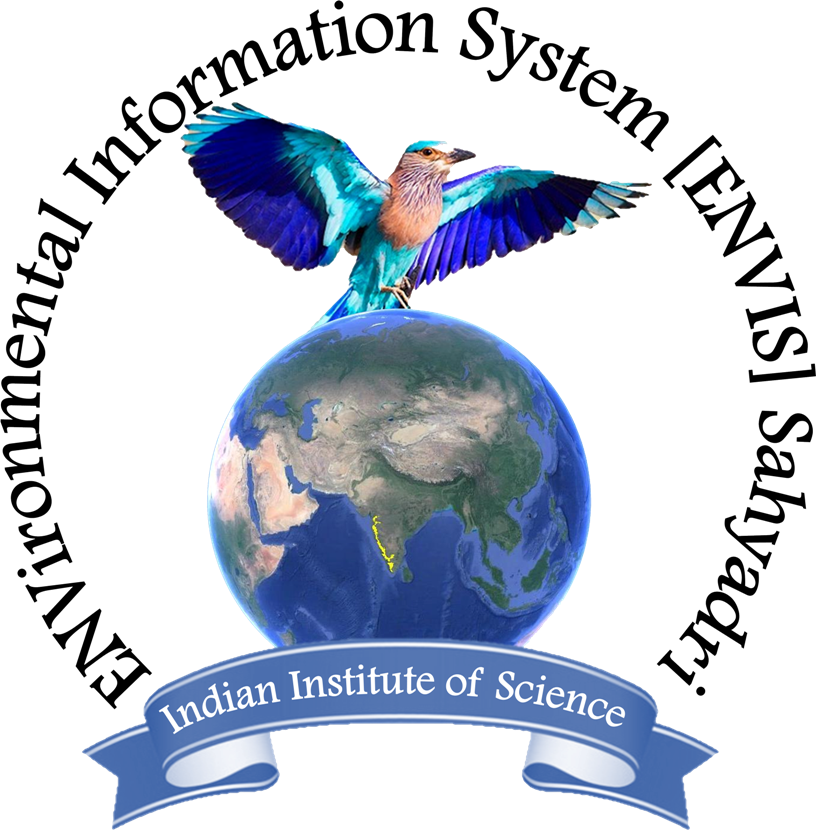Centenary Pond at Indian Institute of Science - Optimal Rain Water Harvesting at Decentralised levelCite
Ramachandra T V
ENVIS[RP], Environmental Information System, Energy and Wetlands
Research Group,
Centre for Ecological Sciences, Indian Institute of Science -
560012
envis.ces@iisc.ac.in
tvr@iisc.ac.in Phone:
080 22933099/22933503
1.0 INTRODUCTION
Urbanisation is a form of metropolitan growth that is a response to often bewildering sets of economic, social, and political forces and to the physical geography of an area. It is the increase in the population of cities in proportion to the region's rural population. The 20th century is witnessing "the rapid urbanisation of the world's population", as the global proportion of urban population rose dramatically from 13% (220 million) in 1900, to 29% (732 million) in 1950, to 49% (3.2 billion) in 2005 and is projected to rise to 60% (4.9 billion) by 2030 (World Urbanization Prospects, 2005). Urban ecosystems are the consequence of the intrinsic nature of humans as social beings to live together (Sudhira et al., 2003; Ramachandra and Uttam Kumar, 2008, Ramachandra and Uttam Kumar, 2009; Ramachandra and Shwetmala, 2009). The process of urbanisation contributed by infrastructure initiatives, consequent population growth and migration results in the growth of villages into towns, towns into cities and cities into metros. Urbanisation and urban sprawl have posed serious challenges to the decision makers in the city planning and management process involving plethora of issues like infrastructure development, traffic congestion, and basic amenities (electricity, water, and sanitation), etc. (Kulkarni and Ramachandra, 2006). Apart from this, major implications of urbanisation are:
- Heat island: Surface and atmospheric temperatures are increased by anthropogenic heat discharge due to energy consumption, increased land surface coverage by artificial materials having high heat capacities and conductivities, and the associated decreases in vegetation and water pervious surfaces, which reduce surface temperature through evapotranspiration.
- Loss of aquatic ecosystems: Urbanisation has telling influences on the natural resources such as decline in number of water bodies (79% decline during the 4 decades in Bangalore) and / or depleting groundwater table.
There has been a 632% increase in built up area from 1973 to 2009 leading to a sharp decline of 79% area in water bodies in Greater Bangalore mostly attributing to intense urbanisation process (Ramachandra and Uttam Kumar 2009). The rapid development of urban sprawl has many potentially detrimental effects including the loss of valuable agricultural and ecosensitive (e.g. wetlands, forests) lands, enhanced energy consumption and greenhouse gas emissions from increasing private vehicle use (Ramachandra and Shwetmala, 2009). Vegetation has decreased by 32% from 1973 to 1992, by 38% from 1992 to 2002 and by 63% from 2002 to 2009. Disappearance of water bodies or sharp decline in the number of waterbodies in Bangalore is mainly due to intense urbanisation and urban sprawl. Many lakes (54%) were unauthorised encroached for illegal buildings. Field survey (during July-August 2007) shows that nearly 66% of lakes are sewage fed, 14% surrounded by slums and 72% showed loss of catchment area. Also, lake catchments were used as dumping yards for either municipal solid waste or building debris. The surrounding of these lakes have illegal constructions of buildings and most of the times, slum dwellers occupy the adjoining areas. At many sites, water is used for washing and household activities and even fishing was observed at one of these sites. Multi-storied buildings have come up on some lake beds that have totally intervene the natural catchment flow leading to sharp decline and deteriorating quality of waterbodies. This is correlated with the increase in built up area from the concentrated growth model focusing on Bangalore, adopted by the state machinery, affecting severely open spaces and in particular waterbodies. Some of the lakes have been restored by the city corporation and the concerned authorities in recent times.
Unplanned urbanisation has drastically altered the drainage characteristics of natural catchments, or drainage areas, by increasing the volume and rate of surface runoff. Drainage systems are unable to cope with the increased volume of water and are often encountered with the blockage due to indiscriminate disposal of solid wastes. Encroachment of wetlands, floodplains, etc. obstructs floodway causing loss of natural flood storage. Damages from urban flooding could be categorized as: direct damage - typically material damage caused by water or flowing water, and indirect damage - e.g. traffic disruptions, administrative and labour costs, production losses, spreading of diseases, etc.
Over exploitation of surface water sources like wells for drinking water and industrial use has also resulted in depleted water levels and drying up of bore wells or sea water intrusions (in coastal area) due to the imbalance of inflow and outflow for sub-surface water. The urbanization has also reduced original permeable ground surface. Pavements, roads and construction of storm water drains to drain the rain water as quickly as possible to natural stream, river or sea to avoid flooding of grounds and disruption in traffic. These surfaces and quick run off give no scope for percolation of rain water to replenish the sub-surface aquifer causing the dropping of water levels or drying up of wells. In addition to this, land use and land cover changes (involving the large-scale conversion of natural ecosystems) have contributed to the regional and global climate changes, resulting in irregular, reduced, erratic and uncertain rainfalls. Dwindling of water resources coupled with the increased water demand has necessitated the viable alternatives to cater the water requirement. This highlights the need to conserve and augment the renewable natural water resources as last chance for survival, realizing that natural resources are not unlimited if they are exploited beyond certain limit. Conservation and sustainable management practices helps in the restoration of the natural balance. This requires the adoption of basic ecological principles in the management of natural resources to ensure the sustainability. In this context, rainwater harvesting is seen as a viable alternative to augment water resources.
-
- Natural resources management: Water is a renewable natural resource and plays a pivotal role in the region's development. However, unplanned anthropogenic activities have lead to the scarcity of resources, which has affected the economic, productive, infrastructural and social sectors. Scarcity of water is becoming a limiting factor for sustainable development in many parts of the world. Due to these, infiltration of rainwater into the sub-soil has decreased drastically and recharging of groundwater has diminished. The solution to achieve sustainable development lies in the efficient management of water and other natural resources. Rainwater is the main source of water and annually 300 to 800 mm of seasonal rainfall is lost as surface runoff or deep drainage. Water harvesting can also be achieved by following the watershed-based approaches in ecosystem management using pre-treated catchment and microcatchment areas to increase the efficiency of runoff and maximize the amount of collected rainfall. Better management of water resources is achieved through water conservation, intersectoral water reallocations, water costing, and by using water efficiently. In water stress region, rainfall is collected from areas specifically treated to increase precipitation runoff and stored in tanks or ponds for human and animal consumption and for supplemental irrigation.
-
- Planning: If collection and storage are designed carefully, it is possible to cater water demand even in areas with rainfall as little as 400 mm / year. Analysis shows that between 80 to 85 % of all measurable rain can be collected and stored from the catchment area, which includes light drizzle and dew condensation. The run-off from a catchment area is computed (Raghunath,1995) by considering the spatial extent of a catchment (A), catchment coefficient (C, that depends on the land use pattern in the catchment) and rainfall intensity (I) and is given by Q= C * I * A [Where, Q = discharge (m3), C = co-efficient of run-off, I = total rainfall / annum (m) and A = catchment area (m2)].
The co-efficient of run-off depends upon the land use pattern in the region. The catchment coefficient for rocky and impermeable: 0.8-1.0; slightly permeable, bare: 0.6-0.8; cultivated or covered with vegetation: 0.4-0.6; cultivated absorbent soil: 0.3-0.4; sandy soil: 0.2-0.3; heavy forest: 0.1-0.2.
The co-efficient of run-off also depends on the shape, size, soil conditions, temperature, and geological conditions of the area of the catchment. However, on the basis of average annual rainfall and land use in the area, the co-efficient can be assumed, which are listed in Table 1.
-
- Spatial and Temporal Analyses: Sustainable management of natural resources depends on optimal planning based on spatial and temporal data. In this regard, GIS aids as a dynamic and versatile technology capable of providing information for efficient planning and implementation. The unique feature of GIS is its ability as decision support system and provides answers to the queries through rational and systematic analysis of the situation. This aids planners to take quick decision.
For example, in order to understand the topographic undulation a DEM is generated with the help of GIS. It consists of terrain elevations for ground positions at regularly spaced horizontal intervals. DEM data are arrays of regularly spaced elevation values referenced horizontally to a geographic coordinate system. The grid cells are spaced at regular intervals along south to north profiles that are ordered from west to east. A DEM is a set of points defined in a three- dimensional Cartesian space (x, y, and z) that approximates a real surface. X and Y-axis may be expressed as geographic co-ordinates (i.e. longitude and latitude), whereas Z-axis usually represents the altitude above sea level. The low elevation areas are identified by creating the DEM with the contour data, which helps the decision makers in selecting the sites for setting the rain water harvesting structure.
The repetitive synoptic coverage provided by the space borne sensors (which operates on various bands of electro magnetic spectrum) has been widely used for mapping and monitoring areal extent of natural resources including surface water bodies / reservoirs. This is useful for reliable estimation of storage capacity of the reservoirs and its changes over the years. Ground water surveys through satellite remote sensing have been found to narrow down considerably the areas for detailed ground water exploration.
Management tasks of conserving available resources to meet growing demands and preserving water quality, compatible with socio-economic and environmental constraints have become exceedingly complex. In this context, remote sensing provides spatial data at regular interval and aids as a powerful tool for inventorying and monitoring water resources. Spatial analysis is done to get an idea about the terrain, to identify water logging area (seasonal and annual), and to identify sites for rainwater harvesting.
2.0 OBJECTIVES
Design of structures for optimal harvesting of rainwater using GIS includes
- Creation of the topographical elevation model.
- Identification of suitable sites for locating water harvesting structures using DEM.
- Land use analyses in the catchment.
- Computation of water yield.
- Study of geological and soil characteristics for civil design of the structure.
- Optimal design of rainwater harvesting structure considering the demand.


 Sahyadri ENews Issues: I - LXXVIII
Sahyadri ENews Issues: I - LXXVIII
